Political analysis isn’t just for the pundits on TV or the folks in the back rooms of power. It’s the secret sauce that helps everyone make sense of the political circus we call modern life. Whether it’s deciphering the latest tweet from a world leader or understanding the implications of a new policy, political analysis shines a light on the chaos, making it a little less chaotic.
Understanding Political Analysis
Political analysis involves examining political events, ideas, and behavior to derive meaning and insight. This process helps individuals, communities, and organizations understand the complex dynamics of the political landscape.
Definition of Political Analysis
Political analysis encompasses the systematic study of political systems and processes. It includes evaluating policies, political institutions, and influential actors. Analysts rely on data, historical context, and theoretical frameworks to interpret political phenomena. This definition highlights the importance of critical thinking in understanding politics.
Importance of Political Analysis
Political analysis plays a crucial role in informed decision-making. It equips citizens with the tools to navigate political landscapes effectively. Analysts clarify the implications of legislative changes or electoral outcomes. Understanding these elements leads to better engagement in civic activities and enhances democratic participation. This informed engagement fosters accountability and transparency in governance.
Methods of Political Analysis

Political analysis employs various methods to systematically study political phenomena. These methods can be categorized into qualitative and quantitative approaches, each serving distinct purposes in understanding the complexities of political systems.
Qualitative Methods
Qualitative methods focus on understanding political behavior and attitudes through non-numerical data. Researchers often rely on interviews, focus groups, and case studies. These techniques provide in-depth insights into the motivations behind political actions. For example, interviews with grassroots organizers reveal the community dynamics influencing local elections. Case studies examine specific political events, helping analysts interpret broader social trends. By emphasizing context, qualitative methods offer a rich tapestry of information, essential for grasping nuanced political issues.
Quantitative Methods
Quantitative methods utilize numerical data to identify patterns and test hypotheses in political analysis. Surveys and polls are common tools, allowing analysts to measure public opinion on key issues. Statistical techniques reveal correlations between various political factors. For instance, analysis of voting trends across demographics helps forecast election outcomes. Data-driven approaches enhance the objectivity of analysis, lending credibility to findings. As a result, quantitative methods complement qualitative approaches, providing a comprehensive view of political landscapes.
Key Components of Political Analysis
Political analysis comprises several essential components that enhance its effectiveness. Two pivotal areas include political theories and data collection techniques.
Political Theories
Political theories provide frameworks to understand political phenomena. Various theories, such as realism, liberalism, and constructivism, offer insights into state behavior and international relations. Each theory presents distinct perspectives on power dynamics, interests, and morality in politics. Realism emphasizes security and power, while liberalism focuses on cooperation and interdependence. Constructivism highlights the role of social constructs and identities in shaping political outcomes. Examining these theories fosters deeper comprehension of political events and influences policy-making processes.
Data Collection Techniques
Data collection techniques are crucial for gathering relevant information in political analysis. Qualitative methods often include interviews and focus groups, enabling researchers to capture nuanced opinions and motivations. Surveys and polls serve as quantitative tools, measuring public sentiment and identifying voting trends. Observational techniques can also uncover behavioral patterns in political contexts. Employing mixed methods enhances analysis, blending numerical data with in-depth qualitative insights. This combination strengthens the overall understanding of the political landscape, ensuring informed conclusions based on robust data.
Applications of Political Analysis
Political analysis serves crucial functions across various domains. It significantly impacts policy development and electoral studies.
Policy Development
Understanding the political landscape informs effective policy development. Analysts evaluate existing policies, identifying strengths and weaknesses. They provide evidence-based recommendations to policymakers. Using qualitative data, analysts capture citizen feedback through interviews and focus groups. Quantitative data from surveys and polls highlights public sentiment towards proposed changes. This comprehensive approach enhances accountability and responsiveness in governance. The combination of qualitative and quantitative insights fosters well-rounded policy decisions that align with public needs.
Electoral Studies
Electoral studies benefit immensely from political analysis. Analysts examine voting trends, utilizing both qualitative and quantitative methods to gather insights. Surveys measure public opinion on various candidates and issues. Focus groups provide nuanced discussions on voter motivations. This analysis aids in understanding electoral participation and predicting election outcomes. Observing demographic shifts and behaviors helps identify key voter segments. Such insights empower campaign strategies and enhance democratic engagement, ultimately influencing political outcomes.
Conclusion
Political analysis serves as a vital tool for understanding the intricate dynamics of modern governance. By employing both qualitative and quantitative methods it equips individuals with the knowledge needed to engage in civic life meaningfully. This analysis not only clarifies the motivations behind political actions but also enhances the overall transparency and accountability of political systems.
As citizens become more informed through political analysis they can actively participate in shaping policies and influencing electoral outcomes. Ultimately fostering a more engaged and informed electorate is essential for the health of democracy. The ability to critically analyze political events and trends empowers individuals to contribute to a more responsive and responsible governance.

